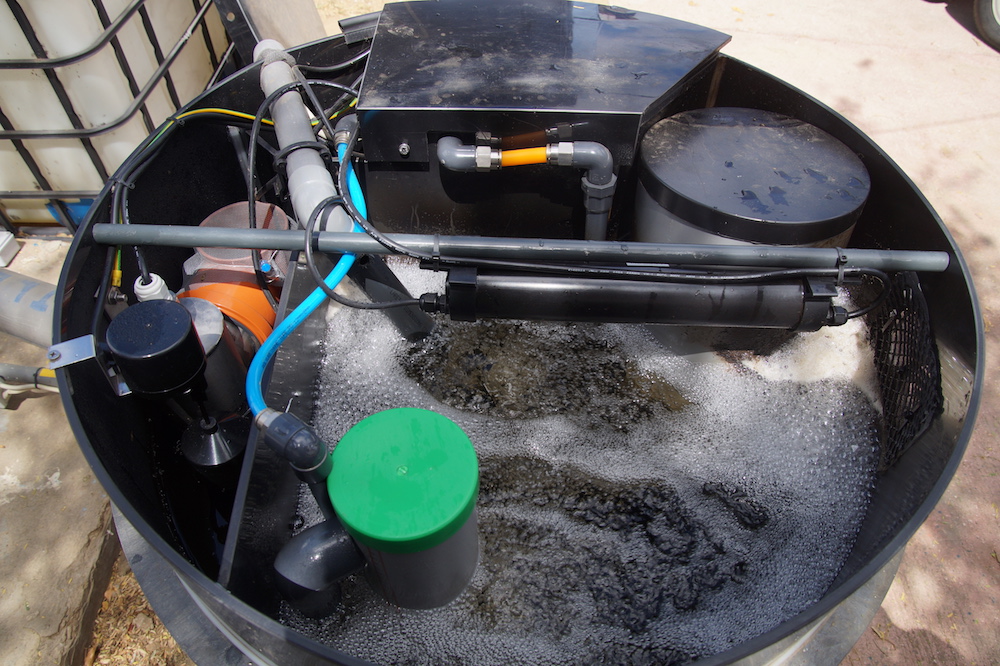Aruba and its Energy
The Caribbean represents just one percent of the world’s carbon footprint.
Aruba, with its 180 km2, is only 0,075% of the total land area of the 122 islands that make up the bulk of the Caribbean.
And yet, the government of Aruba has pledged to be fully energy-independent by 2020. Setting an example for the entire region, Aruba is on course with a number of clean-energy investments and initiatives, the renewable energy share now at 15%.
At the airport parking, 24000 m2 of solar panels have been installed, the 3,3 MW installation is generating 7 million kWh annually.
- A second wind energy park is under construction, adding 26 MW to the existing 30 MW
- A waste-to-energy plant for biogas is under construction, expected to add 0,9 % to the renewable energy share
- Public lighting will be replaced by LED, dramatically cutting energy and maintenance cost
Cas Elizabeth and its Energy
Like Aruba in the Caribbean, Cas Elizabeth aims to set a sustainable energy example in the vast area of Aruba’s tourism industry.
We use natural resources as much as possible for our daily needs, at the same time trying to protect our environment as best we can.

For this purpose we have invested in:
- 65 m2 of solar panels, generating 18000 kWh annually
- Solar water heating
- A biological treatment plant for waste water, generating nutricious water for our gardens
- A reverse osmosis water purification system, further cleaning our recycled water, to use for washing machines and toilet flushing; although this water could in principle be used for consumption, we are connected to Aruba’s drinking water supply (regarded the best in the world) for the taps and showers.
- We have installed a new sealed septic tank, thereby eliminating the practice of the wastewater seeping into Aruba’s soil
- Only energy efficient LED lights are used
- A little known fact is that 50% of Aruba’s electric energy goes to cooling; therefore we have installed new air conditioning with inverter technology, that has one of the highest so called SEERs (Seasonal Energy Efficiency Rate) in this field
If you’re interested, we’ll be happy to show you our various installations.
